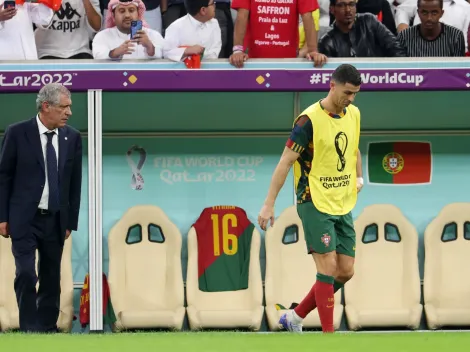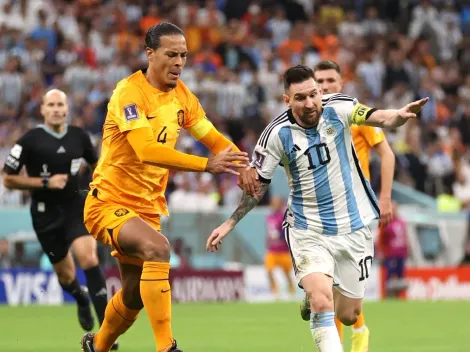The Premier League‘s video assistant referee system is undergoing a significant overhaul for the 2023-24 season. Apparently, according to The Sun, the league voted on the use of the Semi-Automated Offside Technology used at the World Cup, which was developed by FIFA.
By using a chip in the ball and limb-tracking cameras, scientists were able to establish with precise accuracy when the last pass had been completed. The cameras were then used to display 3D animations demonstrating precisely where a section of a player’s body was ineligible for play.
During the Qatar World Cup, it achieved unprecedented levels of success. UEFA has officially embraced the method but without the chip-in-ball technology. Although widespread speculation had claimed that the Premier League will adopt the system for the next 2023–24 season, the league ultimately decided against doing so.
How was semi-automated offside technology used at Qatar 2022 World Cup?
The Video Assistant Referee system made its second World Cup appearance in Qatar, four years after its first debut in Russia. In the past five years, video assistant referees (VARs) have become standard in major league football and European events like the Champions League and Europa League. The number of penalties in the 2018 World Cup in Russia increased to a record-breaking 29 from only 13 at the 2014 World Cup.
Back then, FIFA announced that Video Assistant Referee and semi-automated offside technology would be used in the 2022 World Cup in Qatar. And the tournament’s on-field drama didn’t take long to begin, with the first contentious call coming only three minutes into the first match.
see also
Premier League unveil game-changing VAR modification that could fundamentally alter soccer
When Enner Valencia put Ecuador ahead with a header against hosts Qatar, he believed he had set a World Cup record for the fastest opening goal. However, the goal was disallowed; it was first unclear why it had been called back, but it was eventually established that Michael Estrada’s foot had been in an offside position throughout the buildup.





